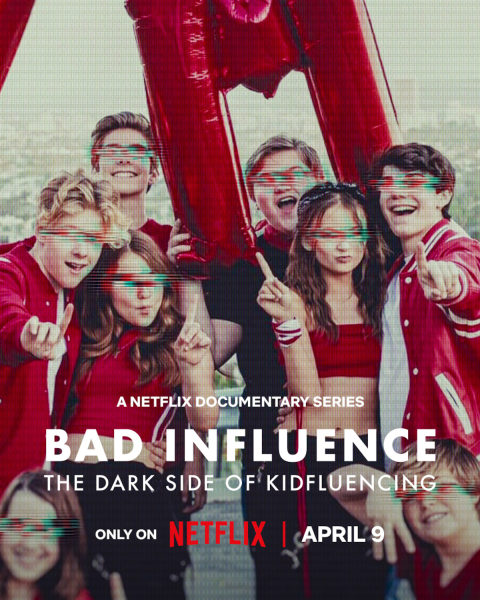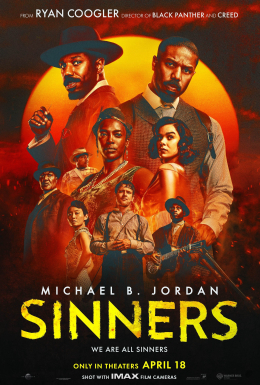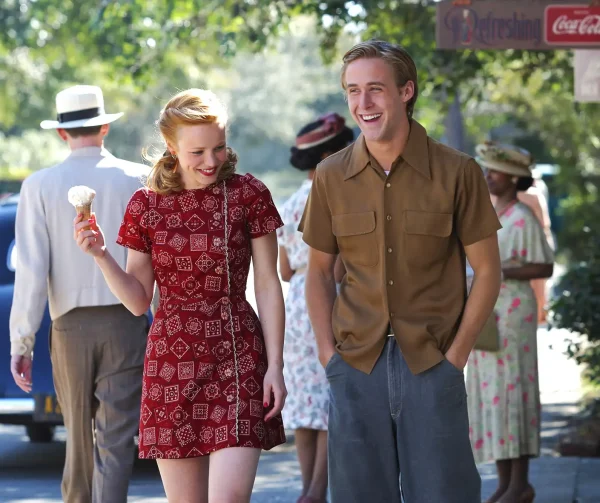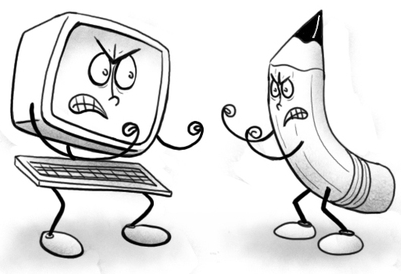Conjuring A Horror Movie
Horror movies will never go out of fashion, even as trends shift and the industry goes through highs and lows, as there’s always people who want, for some reason, to be scared. But not all horror movies are made equally, and it’s constantly argued what makes a horror movie good, in the truest sense of the word.
A good horror movie, arguably, needs to rely on an expert control classical movie elements, from the handling of perspective to the use of editing to stretch out tension, exceptional horror movies rely on manipulation of the elements that make any movie good. So why are so many new movies in the horror genre exhausting the same, boring, and typical elements to construct a scene? Seriously, I swear to god if I see another ghost standing behind someone in a mirror, I’m going to scream. Yes, I am targeting the Rings, the dreaded The Ring remake. Yet, the exceptions to the sad generalization must be discussed . Take It Follows, released in 2014, which took the number ten spot on Rotten Tomatoes’ list of the best horror movies of all times, and the winner of the “Superior Achievement in a Screenplay” award at The Bram Stoker Awards in 2016, as an exceptional deviation to this observation. Director David Mitchell works with the basic synopsis of a ghost that relentlessly pursues its target, taking the form of a person. Mitchell focuses deeply on the background, so each shot perpetuates suspense, and has menacing figures approach from the deep distance, inciting unease in the unseen characters. This makes even the space off screen a danger zone, as anything can approach from anywhere at anytime.
At this point in time, there really isn’t a need for completely original horror movie ideas, as just about every type of monster your twisted little mind can think of has had it’s crowning moment. So, since the type of antagonist to scare an audience with has been exhausted, there’s plenty of room to play around with the when and the where. Winning Sundance’s “Best Director” award in 2015, the magic of The Witch comes from the power created by it’s time and place. Encompassing the spirit of the 17th century in New England, Director Robert Eggers subjects his characters of exiled pilgrims to various supernatural torments, most borrowed from past horror films. By placing these old, and arguably overused tropes, in a new and interesting place, filled with archaic speech, it breathes new life into them and makes them feel new again.
But the real key to what creates a solid horror movie is the music that accompanies it. This makes perfect sense, as the music surrounding a piece creates it’s atmosphere. 1987’s The Lost Boys combines sweeping orchestral pieces and classic 80’s music to, well, bring us back to the 80’s, featuring dark, broody, songs like Gerard McMann’s “Cry Little Sister” as the theme song. Seemingly minute things, like the soundtrack, allow a movie to maintain their relevances over the decades. But the soundtrack also can dictate an audience’s reaction. Imagine you’re watching Psycho’s infamous shower scene without the orchestra swelling at the exact moment that the knife is brought down to slash at Marion Crane. Something about this whole thing seems wrong, and while it’s still creepy, it’s not nearly as scary.
Another key component of horror movies are jump scares, something created by eliciting surprise in the audience through abrupt changes in scenery, typically concurring with a loud sound in the background. Most modern films rely on something lovingly dubbed fake jump scares, as they use loud sounds to cause audience members to jump out of their seats. Junior Chris Sciulli explained this further, stating that “Viewers aren’t being scared by this, they’re being yelled at. There’s a huge difference.”
Considering all of these factors,and more, begs the question of what the best horror film of all time actually is. According to Rotten Tomatoes, the best horror movie ever produced is Des Cabinet des Dr. Caligari, a German silent horror film produced in the 1920s. While, yes, this does seem bizarre, there is a fairly logical argument supporting its position as number one. Even though the technology of the time was pathetic, at best, and mediocre, at most, the director made do with what he had available to him. Robert Wiene crafted a world of sharp, although obviously two-dimensional, and twisted forms, creating a world of madmen driven by insanity through warped perspectives and dimensions. While the plot itself isn’t extraordinarily shocking, the visual style makes the audience anxious and on edge.
In the end, it doesn’t really matter what makes a good horror, does it? No, what matters is the films that are bringing money in for their studios, as those are the films that are going to continue to get funding in the future. At the same time, viewers dictate what movies get funding. Junior Kate Schneider agreed, further explaining that “They’re the ones who go and watch them in the theatres, and they send the message that this is what they want to see.” That’s why movies, like Rings, that are arguably horrible movies, keep getting made. Viewers keep eating them up, and until viewers send a clear message that they will no longer stand for less than exceptional horror movies, they will keep getting made.
Kaitlyn Stork is a junior and is a part of Tolerance Club, and dances outside of school. She enjoys, reading, writing, long walks on the beach, and attempting...










